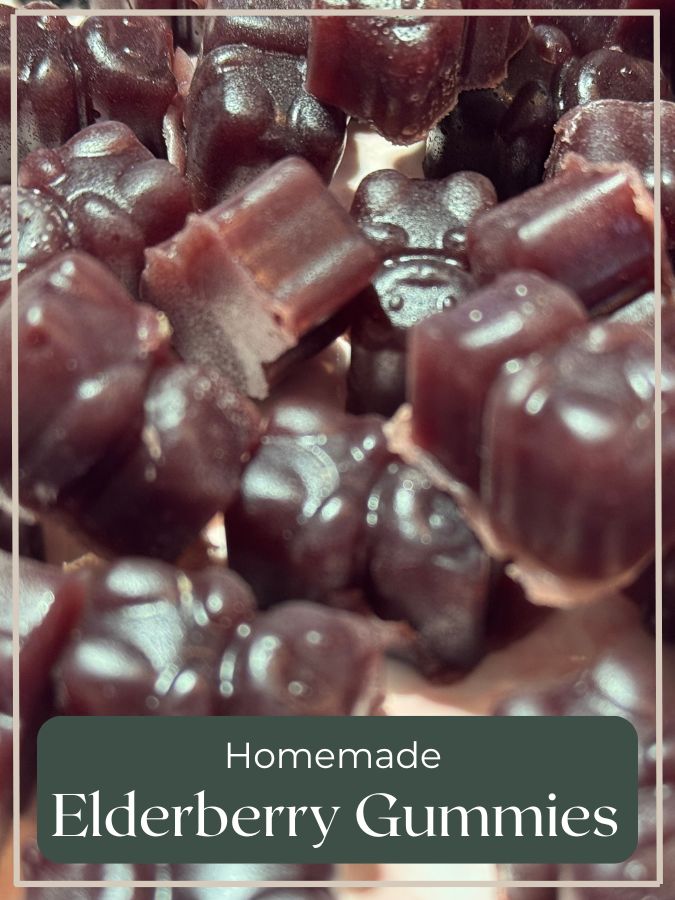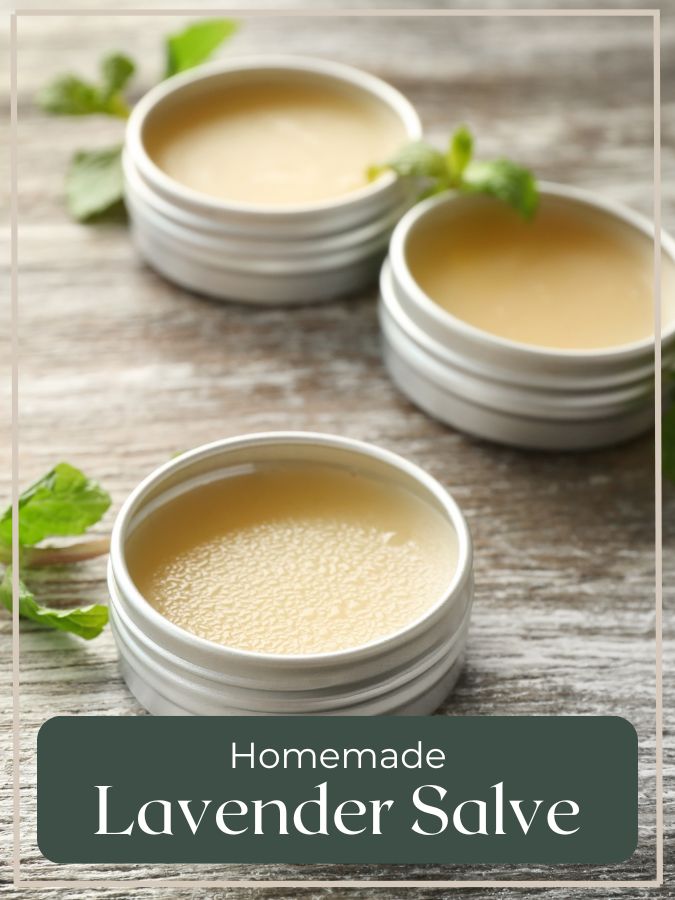DIY Bug Spray: How to Make All-Natural Insect Repellent
This post may contain affiliate links. Please read our disclosure policy.
I don’t know about you, but the store-bought stuff has always made me hesitate. I’ve got kids. I’ve got skin. I like to know what I’m spraying all over both. So we started making our own bug spray—and friends, it works. Plus, it smells good enough that I don’t mind keeping it in my bag or handing it off to a sweaty child mid-chicken chores.
Here’s how we make it.
Why We Ditched the Store-Bought Stuff
Most bug sprays on the shelf are full of ingredients I can’t pronounce, and some of them are honestly kind of terrifying (DEET, anyone?). I’ve heard stories of sprays that melt plastic—and I don’t know about you, but if something dissolves a phone case, I’d rather not put it on my child’s arms.
So we leaned into natural ingredients. Things like spearmint, lavender, and catnip (yes, catnip)—herbs and oils that actually repel bugs but don’t make you feel like you’re prepping for chemical warfare.

What You’ll Need
This blend is super simple, skin-friendly, and safe for kids:
- 1 tbsp spearmint – fresh and cool, bugs hate it
- 1 tbsp lemongrass – like citronella, but smells better
- 1 tbsp catnip – oddly powerful, and yes, we grow it
- 1 tbsp lavender – calming and soothing for the skin
- 1 cup boiling water – for steeping the herbs
- 1/2 cup witch hazel – preserves and soothes
- (Optional: a few drops of essential oils—see below)
How to Make It
1. Steep your herbs
Toss your herbs into a mason jar (any combo of fresh or dried works), then pour in the boiling water. Cover it and let everything steep for about 30 minutes. You’re basically making a strong tea that smells way better than chamomile and tells mosquitoes to take a hike.
2. Strain it out
Once it cools a bit, go ahead and strain out the herbs using cheesecloth, a fine strainer, or whatever you’ve got on hand. Compost the herbs or toss them to the chickens—just save that golden liquid. That’s your base.
3. Add the witch hazel
Stir in about half a cup of witch hazel. This helps the spray stick and gives it a longer shelf life. If you want to get fancy, you can also add a splash of apple cider vinegar—it gives it a little extra staying power and bugs really don’t love it.
4. Bottle it up and give it a shake
Pour it all into a spray bottle (glass is great, but use what you’ve got). That’s it! Just give it a good shake before each use because the ingredients tend to settle.

Want to Make It Your Own?
This works great as-is, but a few drops of essential oil can level it up and make it smell like a summer spa day. Just keep the total to around 20 drops per batch so it stays gentle on skin. Some favorites around here:
- Lavender (because yes, always)
- Peppermint (cooling and refreshing)
- Cinnamon (bugs hate it, smells like dessert)
- Lemon eucalyptus (even the EPA approves)
- Tea tree or rose geranium (if ticks are a concern)
How to Use It
- Spray on exposed skin and clothes (avoid eyes and face)
- Reapply every couple of hours, especially after sweating or swimming
- Test on a small patch first if you have sensitive skin
- Store in a cool, dark place
- Shake before each use

Final Thoughts
This spray’s become a summer staple around here. It’s easy to throw together, safe for the kids, and smells like actual plants instead of a chemical storm.
What I love most is that it’s just one more way we get to live a little closer to the way we were made to—teaching the kids how to care for their bodies with things God already gave us. And let’s be honest… it’s cheaper than the store stuff and way less gross to spray on your skin.
If you try it, let me know how it goes! And if you’ve got a favorite summer remedy or homemade bug trick of your own, I’d love to hear it. We’re always learning over here.
Here’s to summer nights, scratched-up knees, and not smelling like bug spray.
Shop this post:
PrintDIY Herbal Mosquito Repellent Spray
A gentle, natural bug spray made with steeped herbs, witch hazel, and optional essential oils. Safe for kids, smells amazing, and perfect for long summer nights outdoors.
- Prep Time: 35 minutes
- Total Time: 35 minutes
- Yield: 1 1/2 cups 1x
- Category: Herbal Remedy
Ingredients
- 1 tbsp spearmint (fresh or dried)
- 1 tbsp lemongrass
- 1 tbsp catnip
- 1 tbsp lavender
- 1 cup boiling water
- ½ cup witch hazel
- Optional: 1 tsp apple cider vinegar
- Optional: Up to 20 drops total of essential oils (e.g. lavender, lemon eucalyptus, peppermint)
Instructions
- Steep the herbs:
Place herbs in a mason jar or heat-safe container. Pour boiling water over the top and cover. Let steep for 30 minutes. - Strain the liquid:
Use a cheesecloth or fine mesh strainer to separate herbs from the infusion. Compost the herbs and retain the liquid. - Mix the spray base:
Add ½ cup witch hazel to the herb infusion. Stir in apple cider vinegar if using. - Customize with essential oils (optional):
Add up to 20 drops total of essential oils to boost effectiveness and scent. - Bottle and store:
Pour the finished spray into a glass or BPA-free plastic spray bottle. Shake before each use.
Notes
- Works best when reapplied every 1–2 hours, especially after sweating or swimming
- Store in a cool, dark place or refrigerate to extend shelf life
- Always do a small skin patch test first if using with young children or sensitive skin
-
Essential oils like lemon eucalyptus, peppermint, tea tree, and lavender enhance effectiveness and scent





